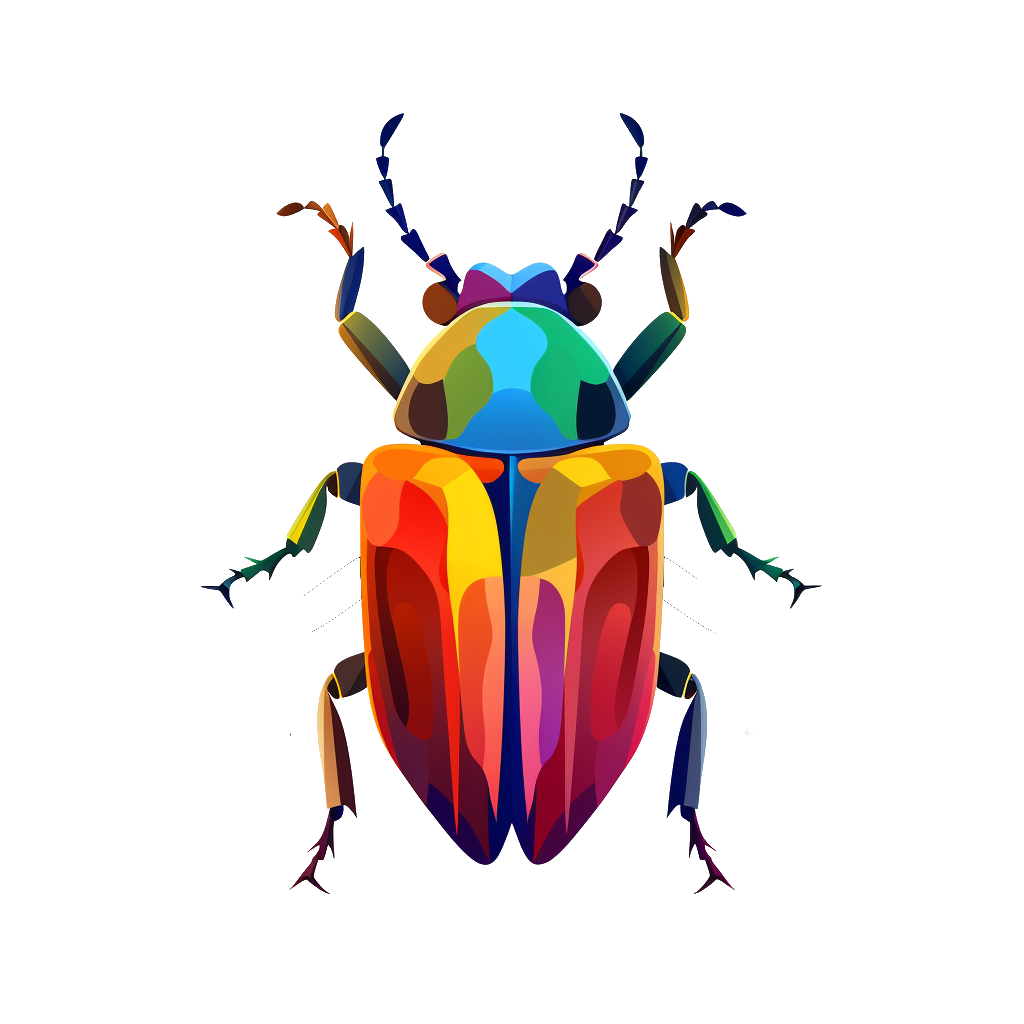cross-posted from: https://lemmy.ml/post/12729136
Title photo by Mike Locke
There are over 70 species of wētā in New Zealand
There are eleven species of giant wētā, most of which are larger than other wētā, despite the latter also being large by insect standards
The name wētā comes from the Maori word wētāpunga, or “God of Ugly Things” .The genus name, Deinacrida, means “Terrible Grasshopper.”
The giant wētā’s close relatives include the Carnivorous Tusked Wētā, the Tree Wētā, and the Cave Wētā
Giant wētā are endemic to New Zealand and all but one species are protected by law because they are considered at risk of extinction
New Zealand Giant Weta by Ricky Wilson
The largest species of Giant Wētā is the Little Barrier Island giant wētā, also known as the wētāpunga. One example reported in 2011 weighed 71 g (2.50 oz)
[Deinacrida mahoenui] is endemic to the area of Mahoenui, New Zealand, and the world population for some time was restricted to a single patch of introduced gorse on farmland.
Deinacrida mahoenui [MAHOENUI GIANT WETA] by Zoomology
Large species can be up to 10 cm (4 in), not inclusive of legs and antennae, with body mass usually no more than 35 g (1.2 oz). One gravid captive female reached a mass of about 70 g (2.47 oz), making it one of the heaviest insects in the world and heavier than a sparrow. This is, however, abnormal, as this individual was unmated and retained an abnormal number of eggs
Many giant wētā species are alpine specialists. Five species are only found at high elevation in South Island. The scree wētā D. connectens lives about 1,200 m (3,900 ft) above sea level [8] and freezes solid when temperatures drop below −5 °C (23 °F)
Fossils found from the Triassic period 190 million years ago show striking similarities to the wētā that inhabit New Zealand today
Handsome Devil!
Giant Weta - Maori “God Of Ugly Things” by Owen Calder
Sources Giant Wētā, Deinacrida mahoenui, Deinacrida connectens, and Mental Floss
Reminds me of this monster I saw on holiday once: https://en.wikipedia.org/wiki/Saga_(bush_cricket) - grow up to 14cm, have been known to feed on lizards and snakes. 😬
Worthy of a post of it’s own, I think 👍
Hadn’t occurred to me, but sure.
Just looking at pictures of them makes my skin crawl though lol and there isn’t much information in English about them so I’ve asked a friend to dig up and translate some fun facts and I will pass those along in a post.Brilliant! I’m looking forward to reading your post
It’s a shame there isn’t more oxygen in the atmosphere to allow them to grow bigger.
Both a shame and happy coincidence, I wouldn’t fancy having a seagull sized dragonfly dive bombing me!
Incidentally, I’m planning some posts on prehistoric insects and invertebrates for the near future which I’m looking forward to researching…so plenty of large ‘monsters’ from the past to checkout
Once the algae bloom from raised CO2 levels due to global warming leads to an increase of oxygen levels, there might be giant insects again.
I’ll look forward to the giant dragonflies stealing my sandwiches instead of seagulls, if I’m not an irradiated husk of carbon by then…
Not sure if anyone will know, but: could these be cooked like we cook shrimp, and have the same consistency?
Shrimp/lobster/etc are just ocean bugs, so when I saw this pic and realized they’re the same size as some shrimp, that was my first thought.
So, anyone know? If you were to boil/steam these bamfs, would they just be hot liquid with a crunch? Or would they have that rubbery, pink feel that shrimp/lobster have? 🤔
This came up when I posted it to awwnverts, and I did a bit of looking…
The info I found stated that indigenous Maori did and still eat a grub called huhu, but it mentions nothing about weta…so I’d imagine they’re probably inedible, (lets face it if anything tastes good, or even ‘tastes like shit, but you can live off it’ us humans will add it to our diets, especially in leaner times)
Huhu are still eaten by some Māori today, especially the inland, bush iwi and hapū. They are prised from rotting logs and have a buttery-chicken taste.







